Kiwi, also known as kiwifruit or Chinese gooseberry, is a fuzzy, oval-shaped fruit with emerald-green flesh, tiny black seeds, and a distinct sweet-tart flavor. While it might be small, the kiwi fruit has made a big impact globally, both in consumption and cultivation. What began as a native fruit in China has now become a globally exported superfruit, loved for its flavor, nutrition, and versatility. In this article, we uncover some of the most surprising and insightful facts about kiwi farming worldwide — from its unexpected leading producers to climatic secrets, production techniques, and economic influence.
1. China Is the Original and Still the Giant in Kiwi Farming

Many people associate kiwifruit with New Zealand due to its extensive global branding, but the true origin and current leader in kiwi production is China. The fruit is native to the Yangtze River valley, and even today, China dominates global production. According to the latest FAO statistics, China produces over 2.2 million metric tons of kiwi annually, accounting for nearly 50% of the world’s output.
Regions like Shaanxi, Sichuan, and Henan have favorable altitudes and climates, ideal for kiwi cultivation. Unlike other nations that cultivate the ‘Hayward’ green variety, China also grows lesser-known native cultivars such as ‘Xuxiang’ and ‘Hongyang’ (red kiwi).
2. Italy Surprises as the Second-Largest Kiwi Producer
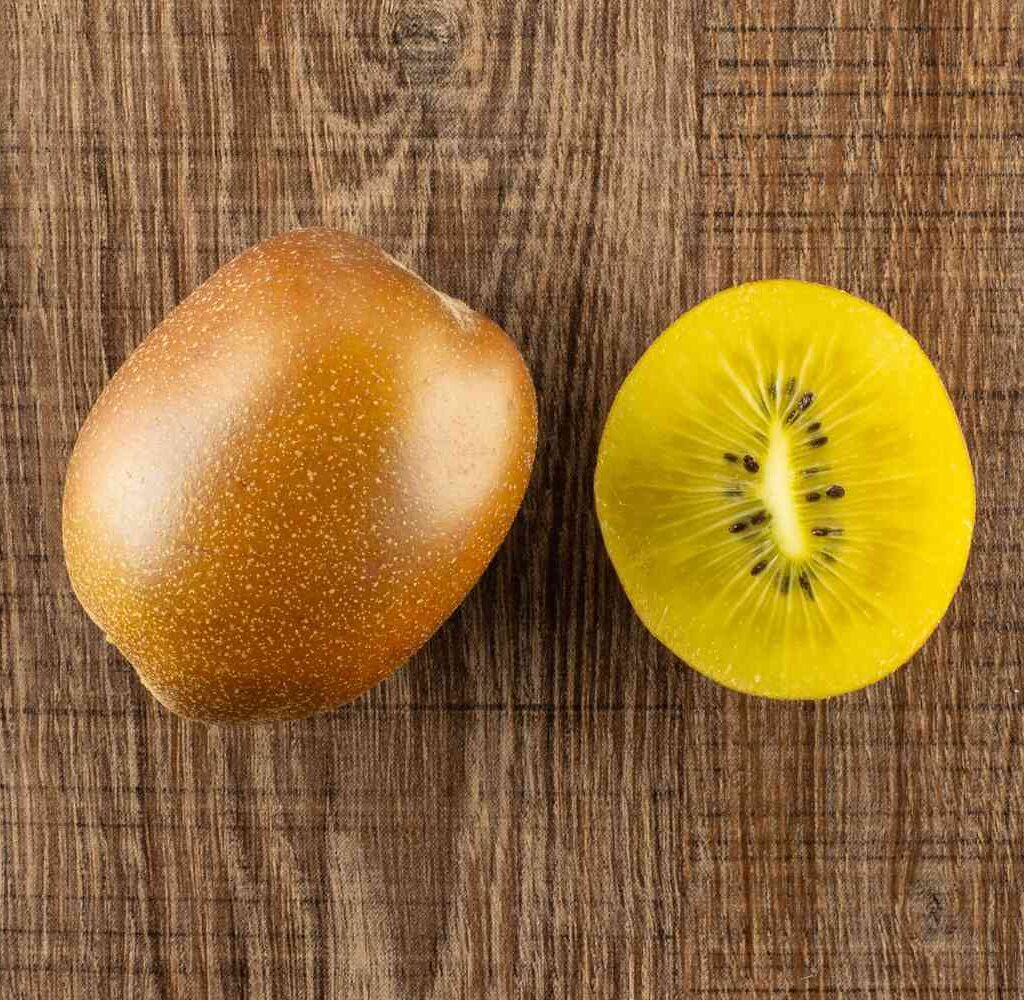
While kiwi may not be the first fruit that comes to mind when thinking of Italian agriculture, Italy has rapidly risen to become the second-largest kiwi producer globally, generating nearly 600,000 metric tons annually. Its north-central regions such as Lazio, Piedmont, and Emilia-Romagna have the perfect temperate climate and rich volcanic soil needed for high-quality kiwi growth.
Interestingly, Italian farmers adopted kiwi farming in the 1970s, using it as an alternative to declining grape and olive yields. Within just a few decades, they transformed into world leaders — both in production and exports, particularly to European markets.
3. New Zealand – The Marketing Powerhouse of Kiwi
Though New Zealand ranks third in terms of global production (with around 400,000 metric tons annually), it is often mistakenly thought of as the origin of the fruit. That’s because New Zealand is the brand leader when it comes to kiwifruit, particularly through its internationally acclaimed company Zespri.
New Zealand’s innovation in kiwi farming is unmatched — from plant variety development (like the SunGold™ yellow kiwi) to cold chain logistics and environmental certifications. The country’s sustainable farming methods and stringent quality controls have helped position its kiwis among the world’s most premium and expensive.
4. Climatic Sensitivity: Kiwi Farming Requires the ‘Goldilocks’ Zone
Kiwifruit is particularly sensitive to climatic conditions. It requires a frost-free environment, adequate winter chilling hours, and moderate rainfall, making the cultivation geographically restrictive.
Countries that meet this climatic balance, like Greece, Iran, Turkey, and Chile, are emerging as significant players in kiwi farming. For instance:
- Greece now produces over 300,000 metric tons and has become Europe’s third-largest producer.
- Iran has favorable northern provinces like Mazandaran with high productivity.
- Chile exports kiwi to North America and Asia due to its counter-seasonal harvest (March–May).
5. Kiwi Farming Is a High-Return but Labor-Intensive Crop
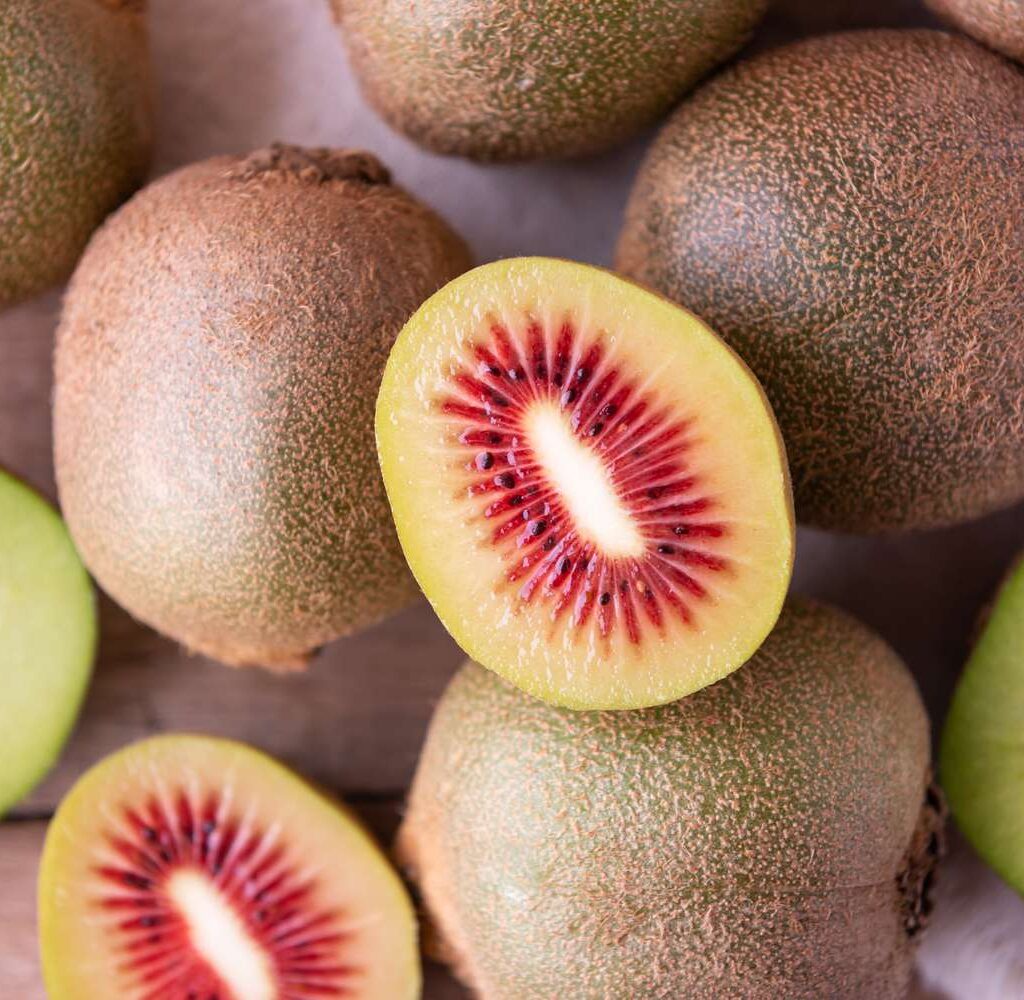
One of the reasons kiwi farming is gaining popularity is due to its high economic return per hectare. On average, a well-managed kiwi orchard can yield up to 25–35 metric tons per hectare annually, with profits far exceeding crops like apples or citrus in many regions.
However, the trade-off is that kiwi vines require intensive training, pruning, and pollination management. The use of male and female plants is necessary for fruit production, and manual labor is still a big part of harvesting — which limits scalability in countries with expensive labor costs.
6. Innovations in Kiwi Varieties: It’s Not Just Green Anymore
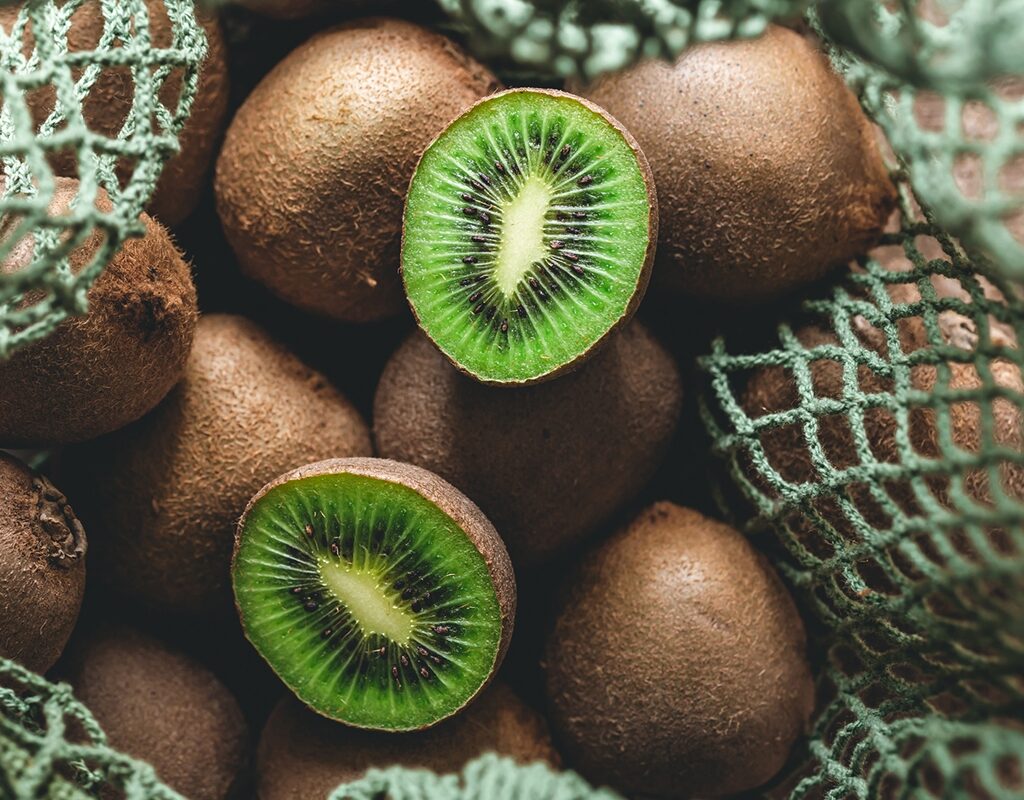
Most consumers are familiar with the classic green ‘Hayward’ variety, but kiwi farming has expanded into several new cultivars:
- SunGold (Yellow Kiwi): Developed by Zespri, sweeter and less acidic.
- Red Kiwi: Native to China, has a red center and tropical taste.
- Baby Kiwi (Hardy Kiwi): A smooth, grape-sized version eaten whole.
These new varieties are not only helping kiwi farmers cater to diverse consumer tastes but also extending the harvest and shelf-life windows, thus optimizing export potential.
7. Kiwi Farming Supports Global Trade and Rural Economies
Kiwi farming plays a significant role in boosting rural economies, particularly in developing and emerging nations. In countries like Iran, India, and Chile, kiwi cultivation has opened new export channels and created employment opportunities in regions that previously had limited agricultural income.
Moreover, kiwi farming encourages value-chain development — from post-harvest packaging and cold storage logistics to processing industries for kiwi juices, jams, and skincare products.
8. India’s Rising Kiwi Ambitions
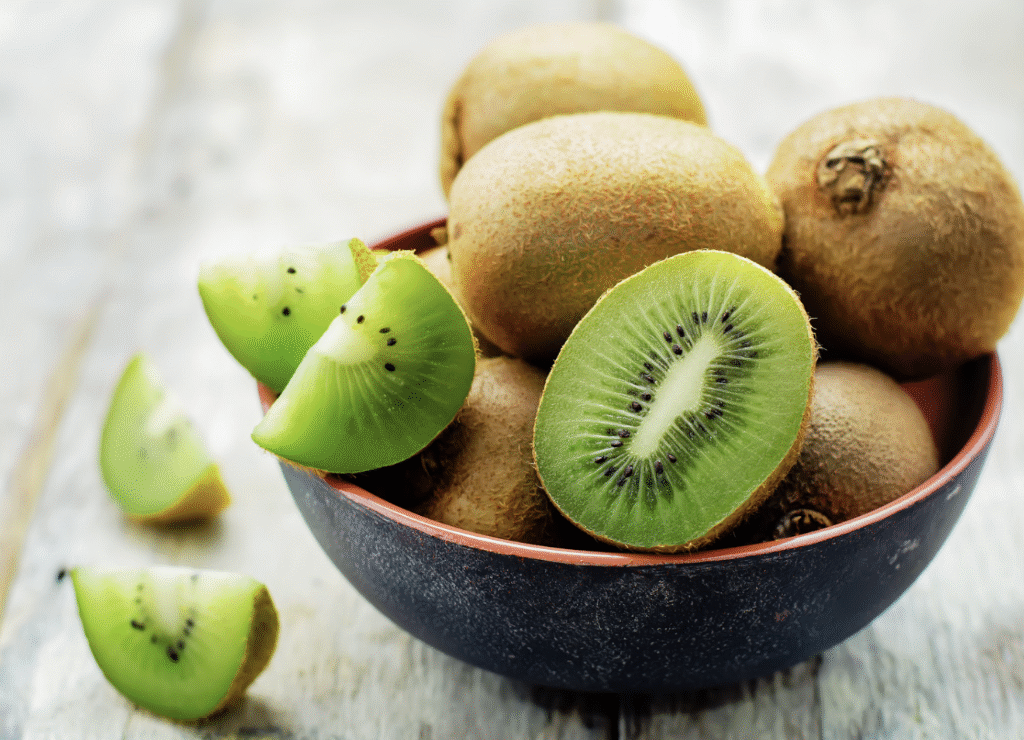
Though not a major global player yet, India is experiencing a kiwi boom. States like Arunachal Pradesh, Himachal Pradesh, and Sikkim are naturally suited for kiwi cultivation. Due to rising domestic demand, India now produces over 20,000 metric tons annually and imports nearly 50,000 metric tons, mostly from New Zealand and Iran.
With growing awareness and government support for horticulture, India is positioning itself as a future kiwi farming powerhouse in the Asia-Pacific region.
9. Global Kiwi Export Market: A $2 Billion Industry
Kiwi is now a $2 billion global export commodity. New Zealand leads the export market by value, despite not being the largest producer. This is because of:
- Premium pricing
- Brand reputation (Zespri)
- Efficient logistics and global reach
Italy, Greece, and Chile follow, targeting Europe, the Middle East, and North America. Major importers include:
- China
- Japan
- USA
- Germany
- South Korea
The seasonal diversity of the Southern and Northern Hemispheres ensures kiwis are available year-round across global markets.
10. Sustainability Challenges and Future of Kiwi Farming
While kiwi farming has numerous advantages, it also faces challenges:
- Climate Change: Erratic weather and droughts threaten yields.
- Pest and Disease Management: PSA (Pseudomonas syringae) bacterial blight can devastate orchards.
- Water Dependence: Kiwi vines need regular irrigation — a concern in water-scarce regions.
However, advances in drip irrigation, biological pest control, and genetic resistance breeding are helping overcome these hurdles.
In the future, the rise of organic kiwi farming, climate-smart practices, and AI-based orchard management will redefine productivity and sustainability.
Conclusion
Kiwi farming, once a niche endeavor, has blossomed into a high-value global horticulture success story. From China’s native valleys to New Zealand’s innovation hubs and Italy’s fertile plains, the world of kiwifruit is as surprising as it is diverse.
Its increasing popularity, health benefits, and profitability are driving expansion in unexpected regions, reshaping rural livelihoods, and adding zest to global fruit markets. As consumers seek fresh, flavorful, and functional fruits, kiwi’s future looks exceptionally bright — and delicious.

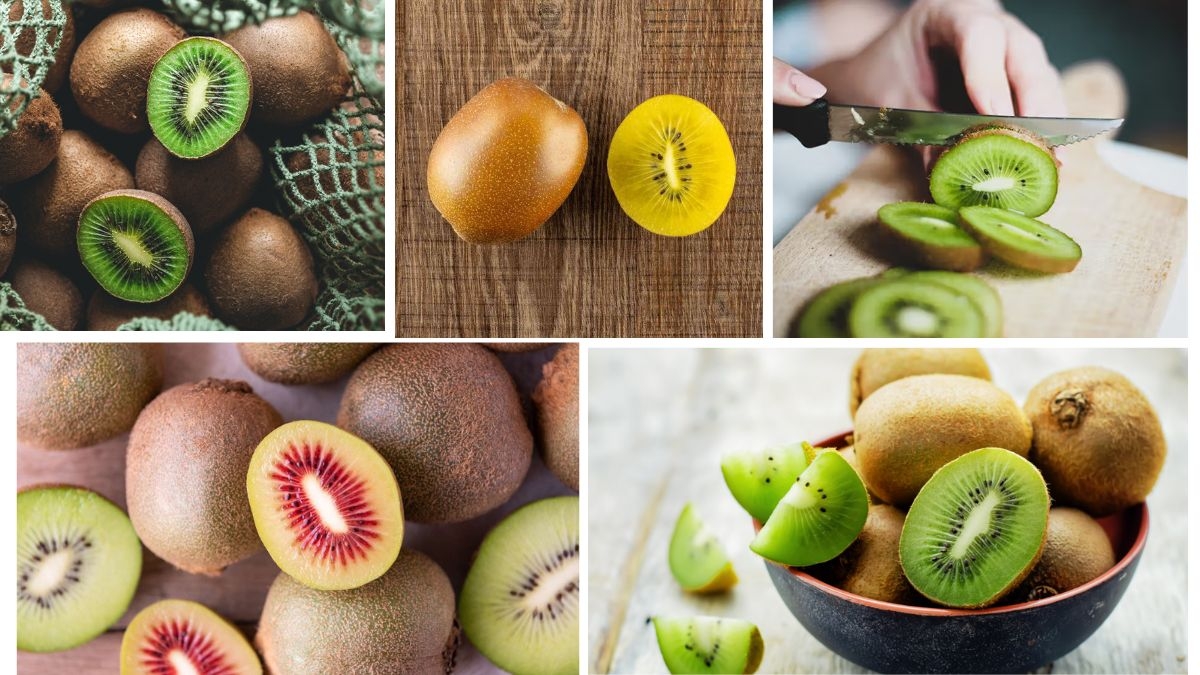
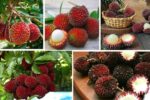

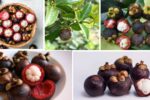
Leave A Comment